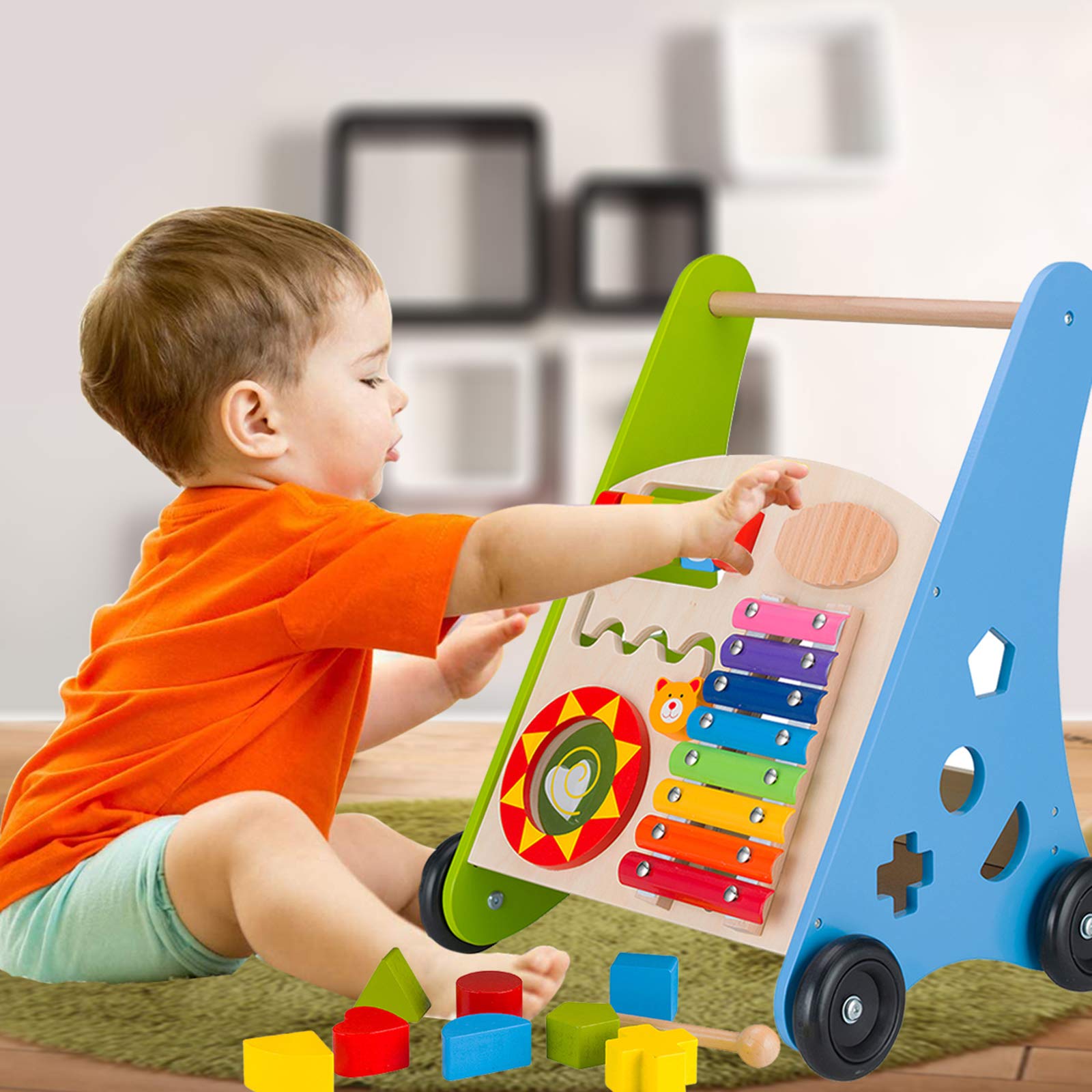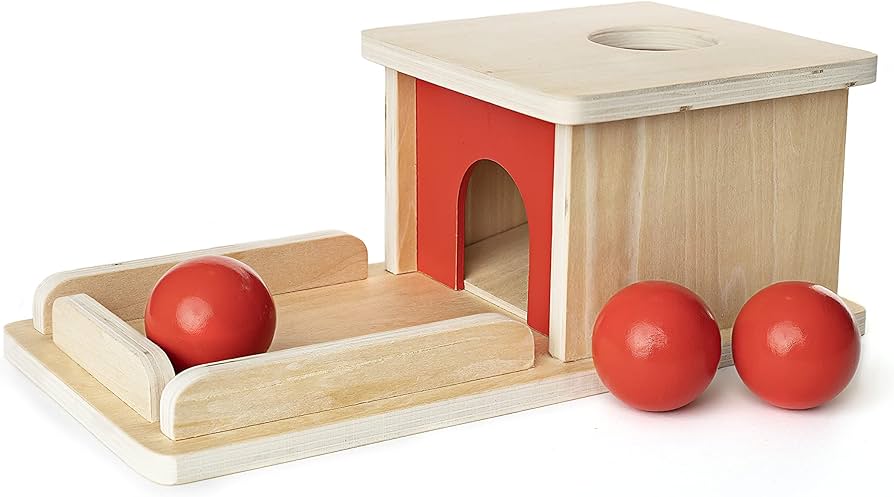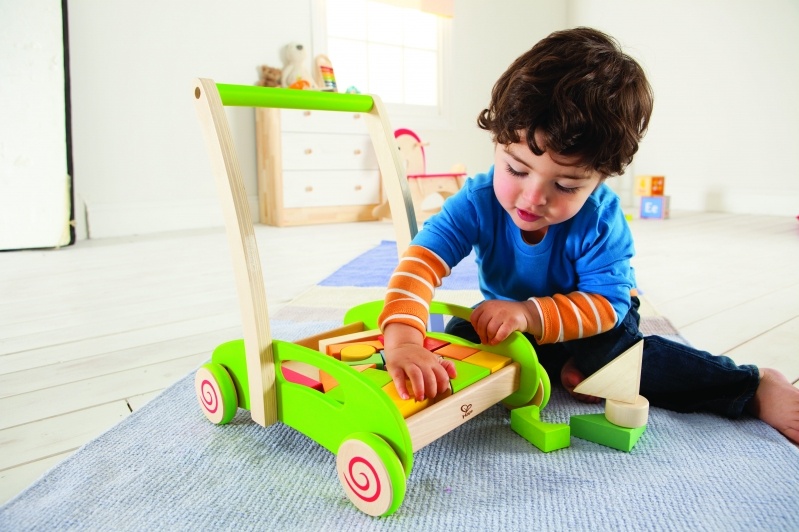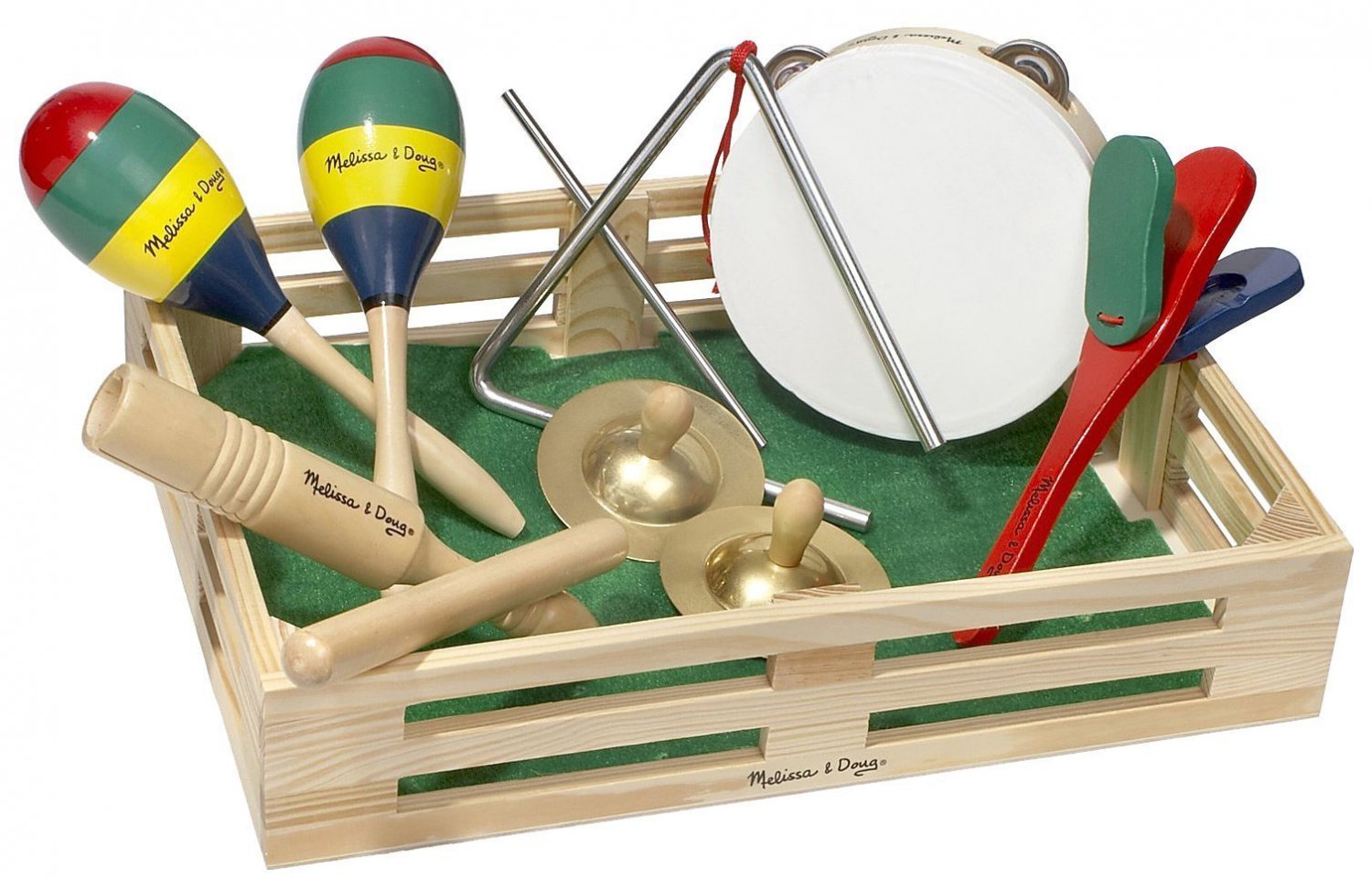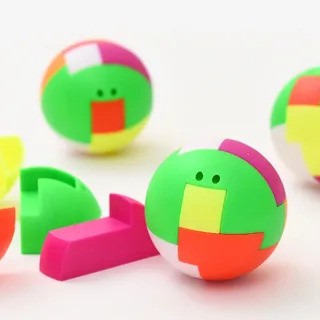Principles of Montessori Education
Montessori is a scientifically based education developed by Italian physician and educator Dr Maria Montessori that emphasizes on
1. Respect for the Child
2. Absorbent Mind
3. Sensitive Periods
4. Educating the Whole Child
5. Individualised Learning
6. Freedom of Movement and Choice
7. Prepared Environment
8. Intrinsic Motivation
9. Independence
10. Auto-Education

The Magic of Montessori Materials: A Guide for Parents & Teachers
Montessori education has long been celebrated for its child-centered approach, emphasizing independence, freedom within limits, and respect for a child’s natural psychological development. Central to this method are Montessori materials—carefully designed tools that help children learn through hands-on experience and self-directed activity. In this article, we will explore the unique aspects of these materials and their profound impact on early childhood education.

What Are Montessori Materials?
Montessori materials are a set of educational tools designed by Dr. Maria Montessori to facilitate learning in a natural and engaging manner. These materials cover a wide range of subjects including math, language, sensory development, practical life skills, and cultural studies. Each material is designed with a specific purpose in mind, helping children to build concepts through exploration and discovery.

Key Features of Montessori Materials
1. Self-Correcting
Many Montessori materials are self-correcting, meaning they allow children to identify and correct their mistakes independently. This feature fosters problem-solving skills and boosts confidence.
2. Multi-Sensory
The materials engage multiple senses, aiding in comprehensive learning. For instance, sandpaper letters let children trace the shape of letters while feeling their texture, enhancing both tactile and visual learning.
3. Progressive Complexity
Montessori materials are designed to introduce concepts gradually, from simple to complex. This scaffolding approach ensures that children build a strong foundation before moving on to more challenging tasks.
4. Real-World Relevance
Many materials are rooted in real-world applications, helping children make connections between their learning and everyday life. Practical life activities, like pouring water or buttoning a shirt, develop fine motor skills and independence.

Categories of Montessori Materials
1. Practical Life:
These activities teach children everyday skills, promoting independence and concentration. Examples include pouring, spooning, and dressing frames.

2. Sensorial:
Designed to refine the senses, these materials help children categorize and compare different stimuli. Examples include the Pink Tower, Color Tablets, and Sound Cylinders.

3. Mathematics:
Montessori math materials introduce abstract concepts in a tangible way. Tools like the Number Rods, Golden Beads, and the Stamp Game make learning math an interactive and engaging experience.

4. Language:
Language materials help children develop reading, writing, and communication skills. Sandpaper Letters, Moveable Alphabet, and Phonetic Object Boxes are some key examples.

5. Cultural Studies:
These materials introduce children to geography, history, science, and the arts. Puzzle maps, timeline cards, and botany puzzles are used to spark curiosity about the world.
Benefits of Montessori Materials
1. Encourages Independence: By allowing children to choose their activities and work at their own pace, Montessori materials foster independence and self-motivation.
2. Promotes Deep Understanding: The hands-on, experiential nature of Montessori materials helps children understand concepts deeply rather than just memorizing facts.
3. Develops Concentration: The engaging nature of the materials encourages children to focus and develop longer attention spans.
4. Builds Confidence: The self-correcting aspect of many materials empowers children to learn from their mistakes and develop a sense of accomplishment.
5. Supports Individual Learning Styles: Montessori materials cater to different learning styles, whether visual, auditory, or kinesthetic, ensuring that each child can learn in the way that suits them best.

How to Integrate Montessori Materials at Home
1. Create a Prepared Environment: Designate a space in your home where your child can access Montessori materials independently. Ensure the area is organized, uncluttered, and child-friendly.
2. Introduce Materials Thoughtfully: Demonstrate how to use each material, allowing your child to explore it afterward. Be patient and observe how your child interacts with the material.
3. Rotate Materials: To keep your child engaged, rotate the materials periodically. This keeps the environment fresh and exciting, encouraging continuous learning.
4. Encourage Independence: Allow your child to choose which materials to work with and respect their pace of learning. Offer guidance only when necessary.
5. Observe and Adapt: Pay attention to your child's interests and developmental needs. Adjust the materials and activities accordingly to provide the best learning experience.

Conclusion
Montessori materials are more than just educational tools; they are gateways to a world of discovery and growth. By integrating these materials into your child's learning environment, you can nurture their curiosity, independence, and love for learning. Whether in a classroom or at home, the magic of Montessori materials lies in their ability to transform education into a joyful and enriching journey.
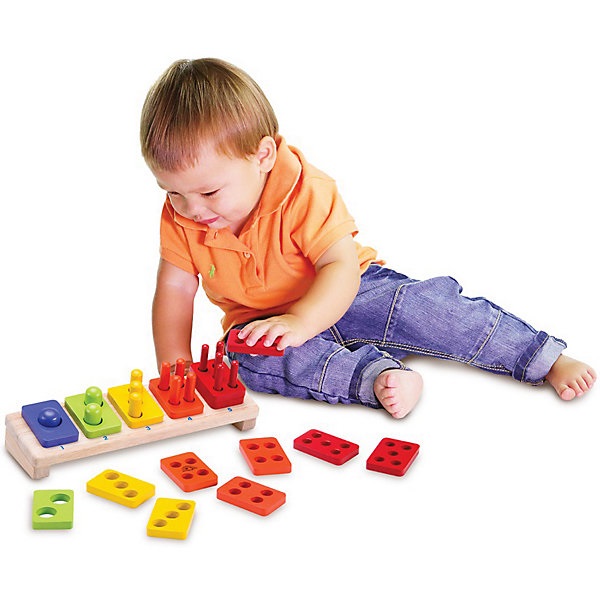
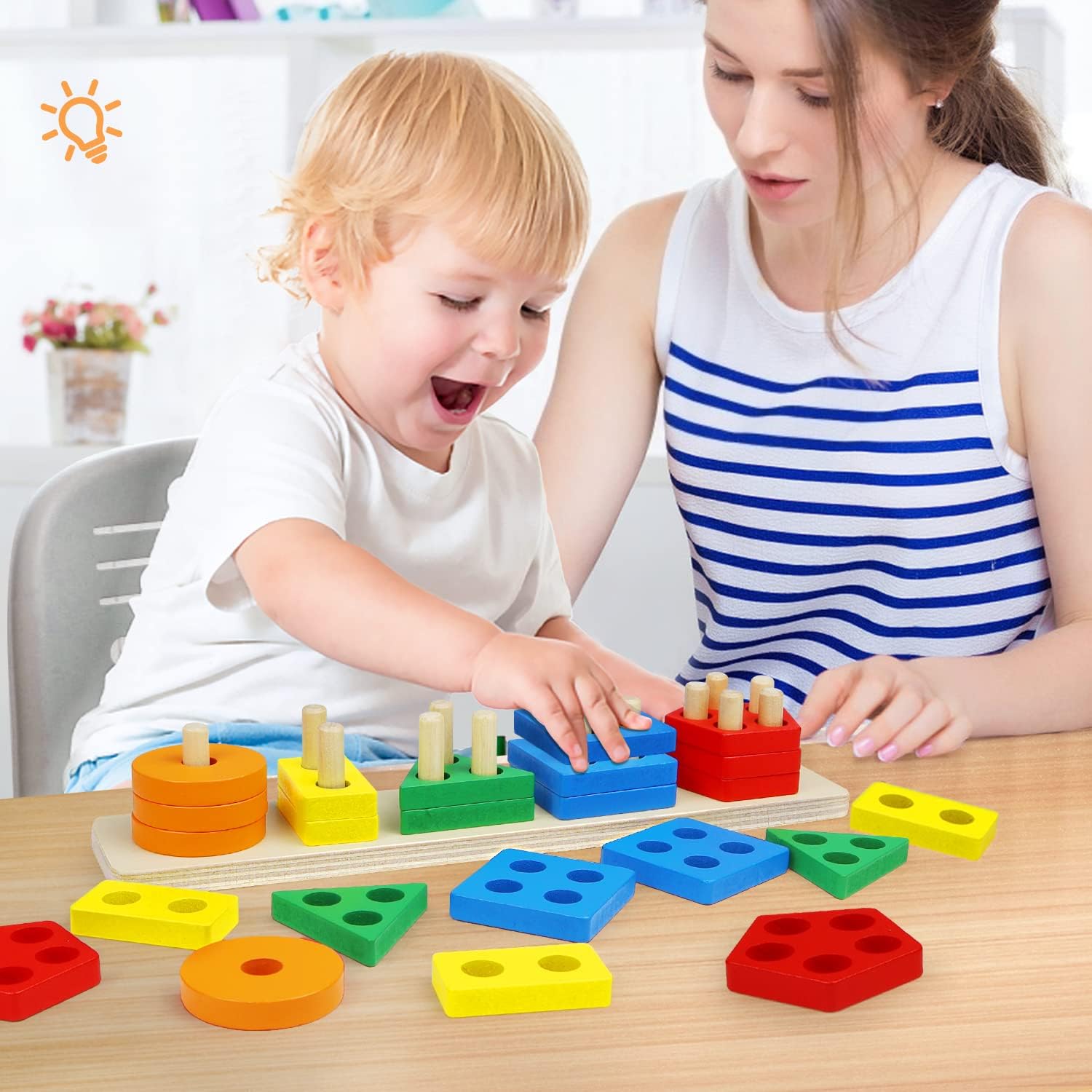
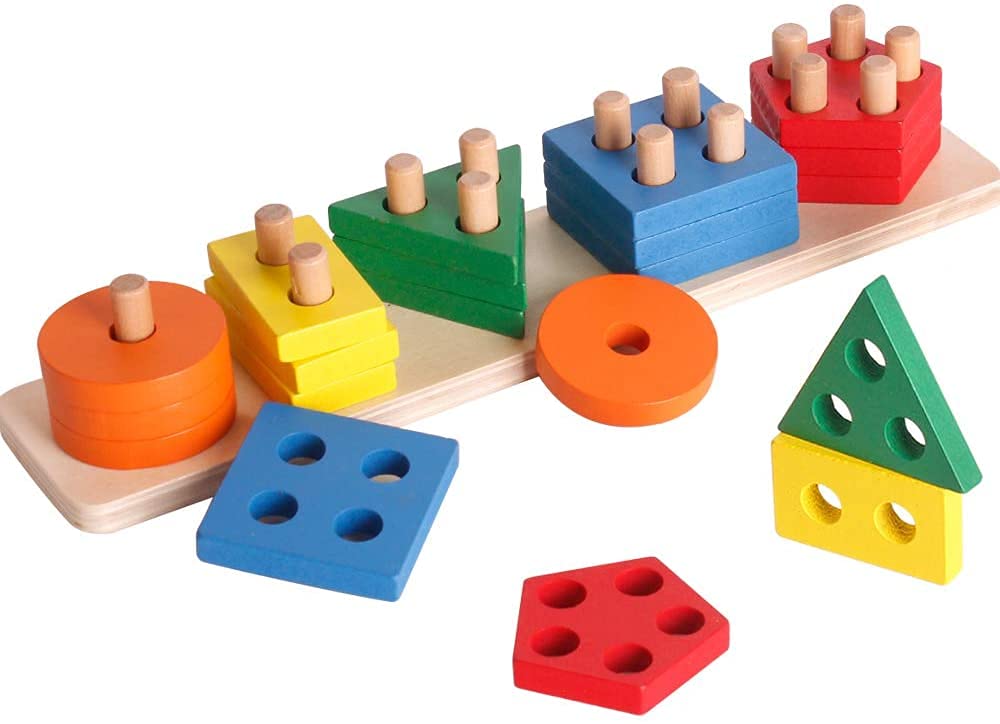
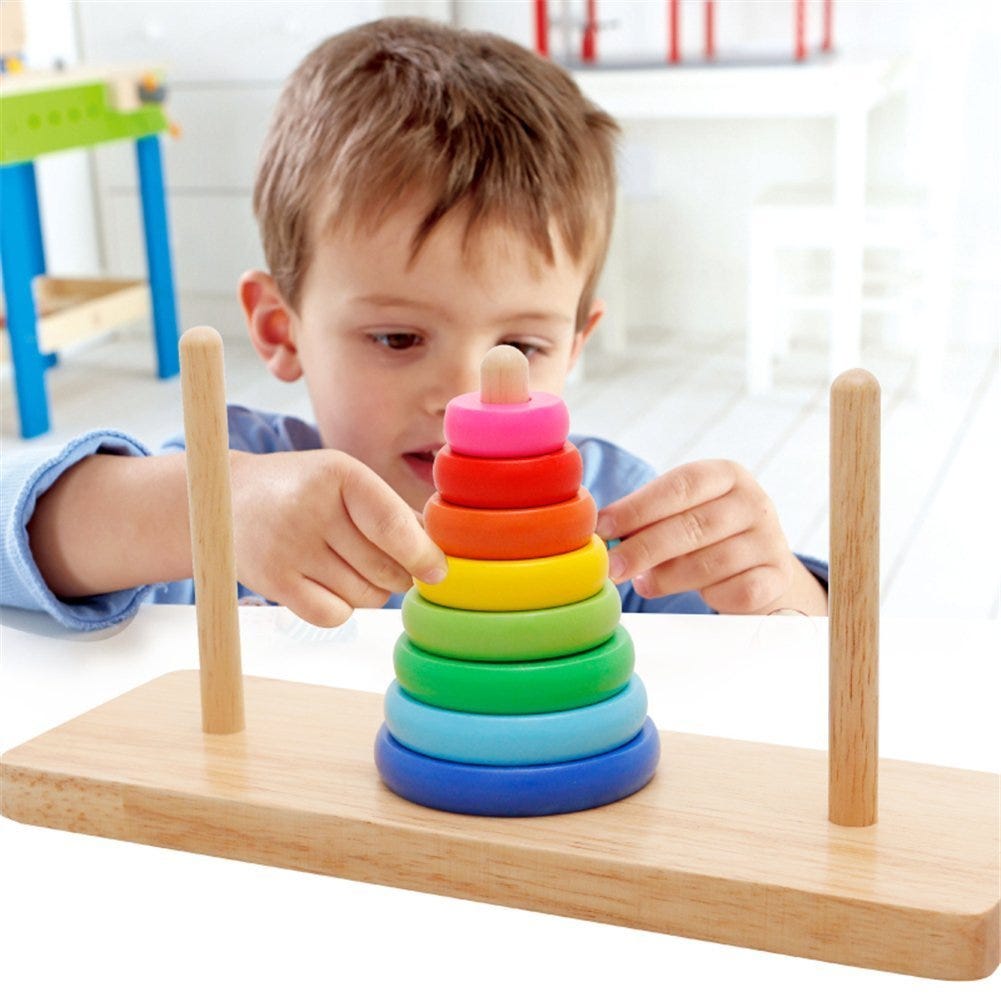 3. Shape Sorters
3. Shape Sorters